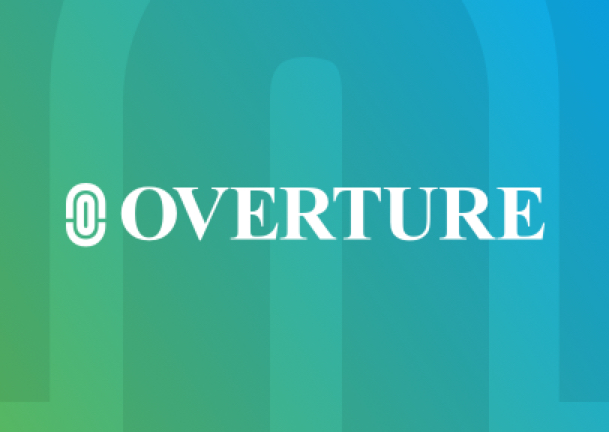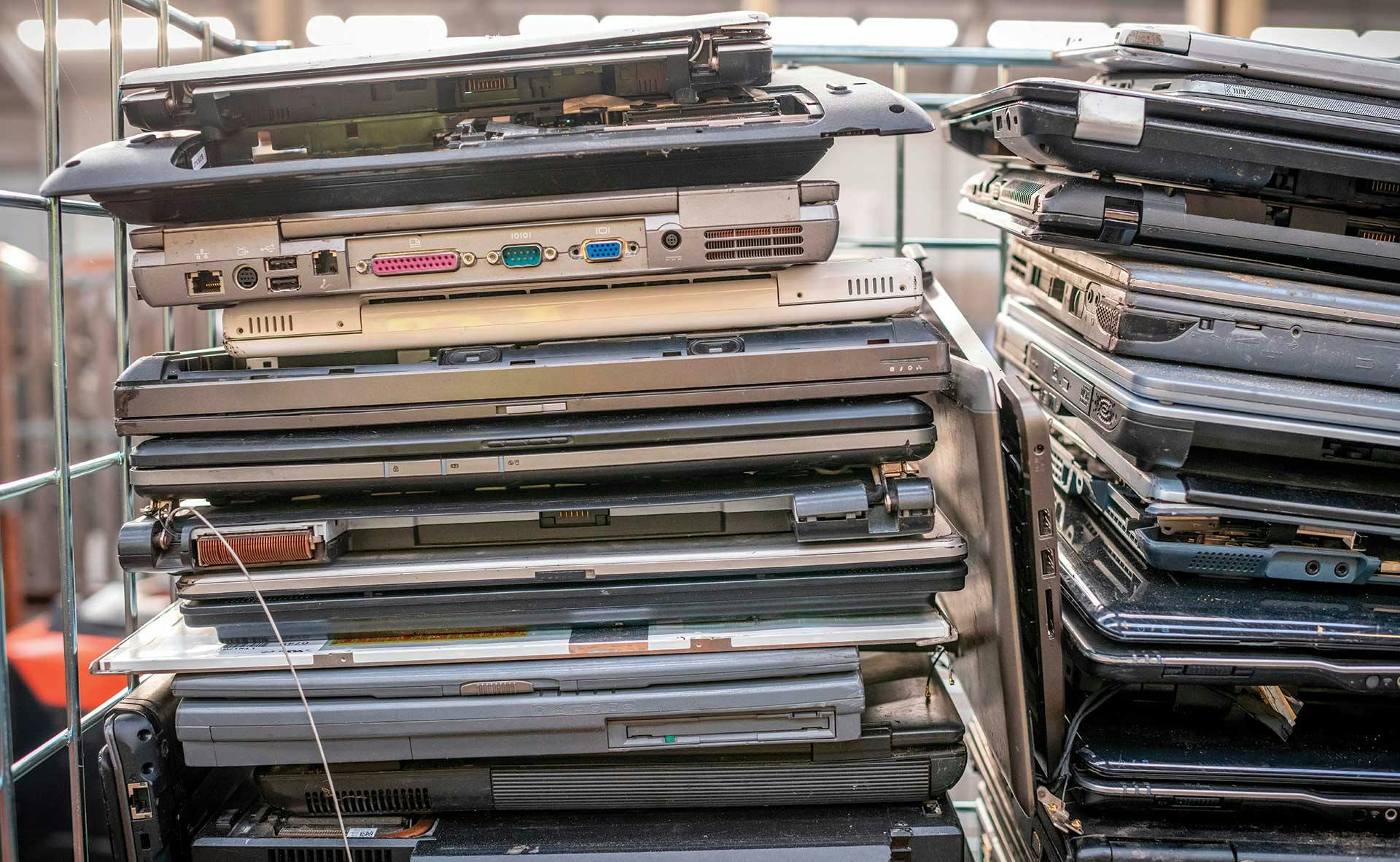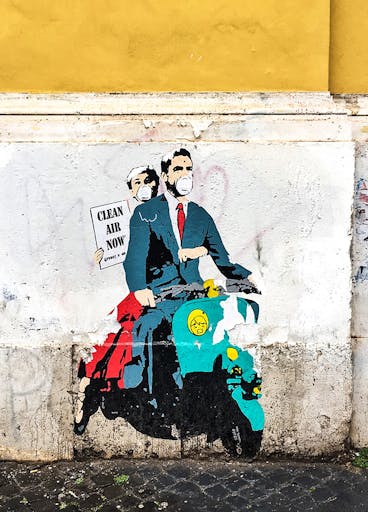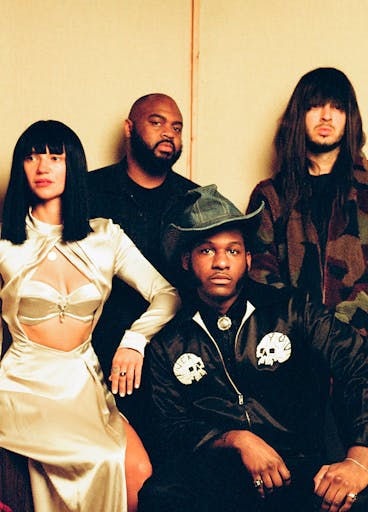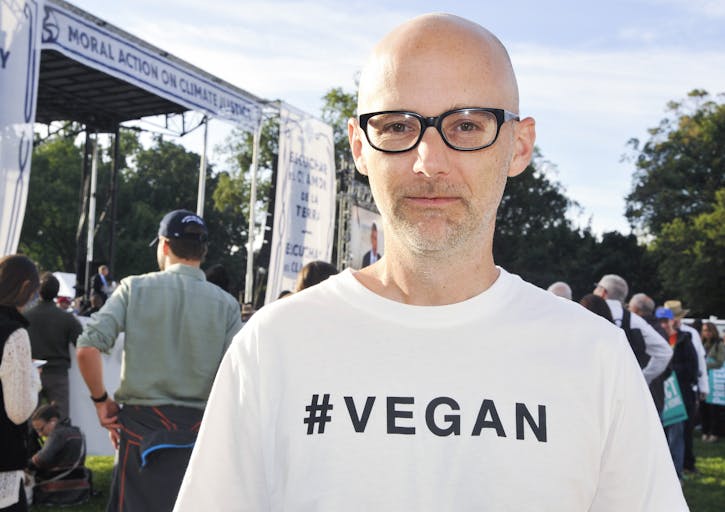It was a topic at the World Economic Forum 2019. It was the reason behind the European Union's recent ban on single-use plastics, including cotton buds (e.g., Q-tips), straws, and disposable cutlery. A 2019 survey of 300 American executives by ING showed that 62 percent of them intend to implement what it called "circular strategies," with 16 percent already doing so. And over the past few months, companies like KFC, Walmart, Nestlé, and PepsiCo have all pledged to implement similar measures. But what exactly is the circular economy?
The concept was first developed by the economist Kenneth E. Boulding in his 1966 essay "The Economics of the Coming Spaceship Earth," in which he proposed a circular economy—akin to that of a spaceship, where things are endlessly reused—as opposed to the current linear economy, in which products are manufactured, used, and then thrown away. After him, other economists worked on further developing the idea, but it was not until the turn of the 20th century that it gained popularity, with countries such as Germany and China integrating circular principles into their waste management plans.
A circular economy is one in which mankind minimizes waste by endlessly reusing, repurposing, and then recycling products to maximize their value. Its implementation requires completely new business processes and product designs, as well as a commitment at the supply chain level. Yet it doesn’t have to be complicated; often it’s just a matter of making sustainable choices when it comes to product life cycles and setting up networks of suppliers and distributors.
In 2014–15, studies by the Club of Rome, McKinsey, and the Ellen MacArthur Foundation showed the profitability of a circular approach to production. In particular, McKinsey and the Ellen MacArthur Foundation found that it would allow "Europe to grow resource productivity by up to 3 percent annually . . . [generating] a primary resource benefit of as much as €0.6 trillion [$675 billion] per year by 2030 to Europe’s economies. In addition, it would generate €1.2 trillion [$2 trillion] in non-resource and externality benefits." This is in addition to a projected 48 percent reduction in carbon dioxide emissions by 2030. The Club of Rome went further by saying that full adoption of a circular economy in Europe would create more than 75,000 jobs by 2030. Following the publication of these reports, countries and cities including Finland, the Netherlands, Amsterdam, and London launched their own road maps to circularity.
The concept’s renewed popularity is very simple: It’s a win-win, being both profitable and beneficial for the environment. The difficulty lies in the fact that it requires a paradigm shift in the way we think about resources. Let’s put recycling aside for a moment, as it represents the end of the product life cycle. The core of the circular economy is sustainable design. We need to create products meant to last as long as possible, and forgo disposables in favor of reusable products and packaging. The latter is already happening with straws, coffee mugs and cloth diapers. As a society, we need to get rid of planned obsolescence, short-term planning, and low-cost items, and look at the fact that old-fashioned profit is indirectly costing us a lot in health, money, and opportunity.
But a circular economy is profitable in different ways. Less waste means using raw materials in a more efficient manner, which translates to savings. Designing new product life cycles means finding new suppliers, but also new markets for by-products, which means new opportunities. What’s more, to keep up with short-term goals and offset the learning curve costs, many companies transitioning to circular business models are offering services along with their products, such as monitoring and maintenance, which create added value and lead to more business with existing clients. Or they are deciding to directly embrace the product-as-a-service model, in which they lease products to clients.
On an even more utilitarian level, a circular economy has another enormous advantage: It integrates perfectly with the sharing economy, the one we saw mushroom around us over the past decade. Airbnb, Uber, Lyft, bike-sharing, and coworking spaces are now commonplace, and they can save both money and time compared to traditional goods and services. The sharing economy may present challenges when it comes to labor and fairness, but its emphasis on just-in-time availability, less cost, and less commitment makes it a perfect fit for a circular business.
Implementing circular economy measures requires companies to take a deep look at their processes and to optimize them beyond what has already been done. One way to start is to gather as much data as possible about production processes and user behavior, which can be as simple as asking employees, clients, and distributors for their perspective. In addition, smart devices can be used in industrial settings to monitor the health of equipment, allowing better planning for maintenance and spares storage, and ultimately leading to higher uptime.
Sensors and connected systems can also allow companies to gather new data and design new KPIs to foster a rethinking of sourcing, manufacturing, or operations. In the case of SmartBin, a company producing internet-of-things solutions for waste collection, sensors and apps allow businesses to monitor their bins to know how full they are and therefore plan collection routes accordingly, saving gas, time, and labor. SmartBin's sensors have been implemented by Goodwill in a thousand of its donation containers, cutting collection costs by half.
Another example of tech-infused circular business practices is Recupel, a Belgian nonprofit organizing the collection and processing of electronic waste. By collecting data on e-waste over the years, the association created a database of millions of photos of small appliances, laptops, cell phones, and other devices to train an artificial intelligence (AI) system to recognize the brand, year of production, make, and model of the pictured appliance. By doing so, Recupel aims to considerably speed up inventory management and make it more efficient, all while lowering costs and creating new recycling opportunities for manufacturers interested in certain types of products, special spares, or components.
Used in combination with product-as-a-service models, AI can accelerate product development, optimize asset utilization and product circulation, and make reverse logistics (the end-of-life disposal process) much more effective. The Ellen MacArthur Foundation recently calculated that the value unlocked by using AI in a circular economy system for food production could be up to $127 billion a year in 2030, and $90 billion a year for consumer electronics.
On a simpler level, we can leverage tools that are already at our disposal, such as the internet, to connect demand and supply in more efficient ways. This is exactly what Danish company TooGoodToGo has set out to do. Its free app allows users to buy surplus, unsold food from restaurants, cafés, and supermarkets at a discounted rate (often more than half off). Especially popular among students, the service is now operating in 10 European countries since its 2016 inception.
Some traditional companies are transitioning to circular business models to create more opportunity and offer more to their customers. ETAP Lighting, a Belgian company founded in 1949 has recently launched "LaaS"—lighting as a service—a turnkey lighting solution from installation to repurposing. To do so, ETAP had to develop its own robust, durable, low-consumption LED lamps that come with a 25-year warranty. Since its inception, LaaS has been deployed in several governmental and office buildings and has opened up new possibilities for the company. In the words of Chris Van Bellegem, ETAP's head of new business development, “The biggest advantage of a circular business model is that it provides a new perspective for the future. Sure, turnover is spread over years, but that also tells us that the company will be there.”
Last but not least, we should hope and expect governments will implement stricter environmental regulations in the upcoming months and years, either due to sincere belief in environmental causes or at least due to political expediency. Movements such as School Strike for Climate (aka Fridays For Future), initiated by 16-year-old environmental activist Greta Thunberg to push for more effective environmental protection, are gaining tremendous momentum among the voters of today and tomorrow—with Thunberg herself nominated for the 2019 Nobel Peace Prize. Operations that embrace the circular economy sooner rather than later will future-proof their bottom line environmentally, ethically, politically, and financially.
